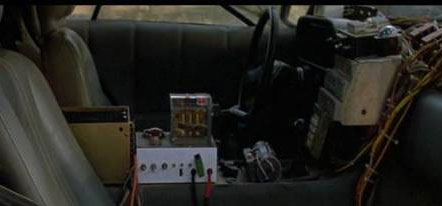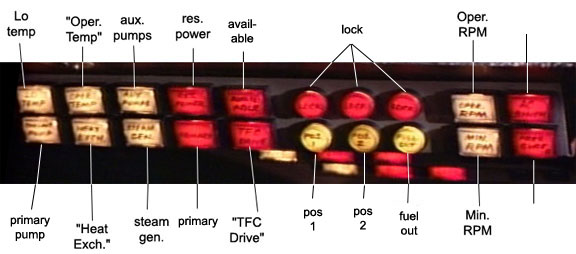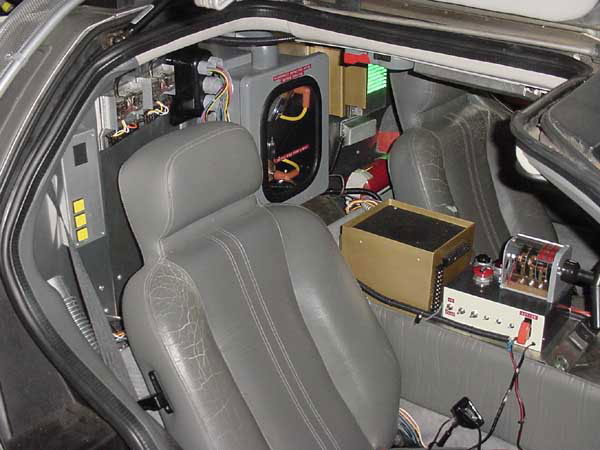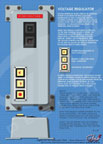

How To Build Your Own Darn
'BTTF' Time Machine.
==========
The Time Circuts
And Internal Components
Standard Liability Disclaimer: Although I have used these instructions in making my own props,
I accept NO RESPONSIBILITY if you ruin your own components or other parts
using these instructions. These techniques work for me, they might not work for you.
These instructions are worth exactly what you paid for them.
I hope you invested in that T1 internet connection because this page will give your 56k connection a workout. ^_^
Mostly this is just the photos for now, shared by GWII. I'll give further info when I get to it...
Also note: All descriptions in this section that are in italics are direct quotes from GWII.
Any other text, descriptions and idiocy is courtesy of myself. ^_^






























